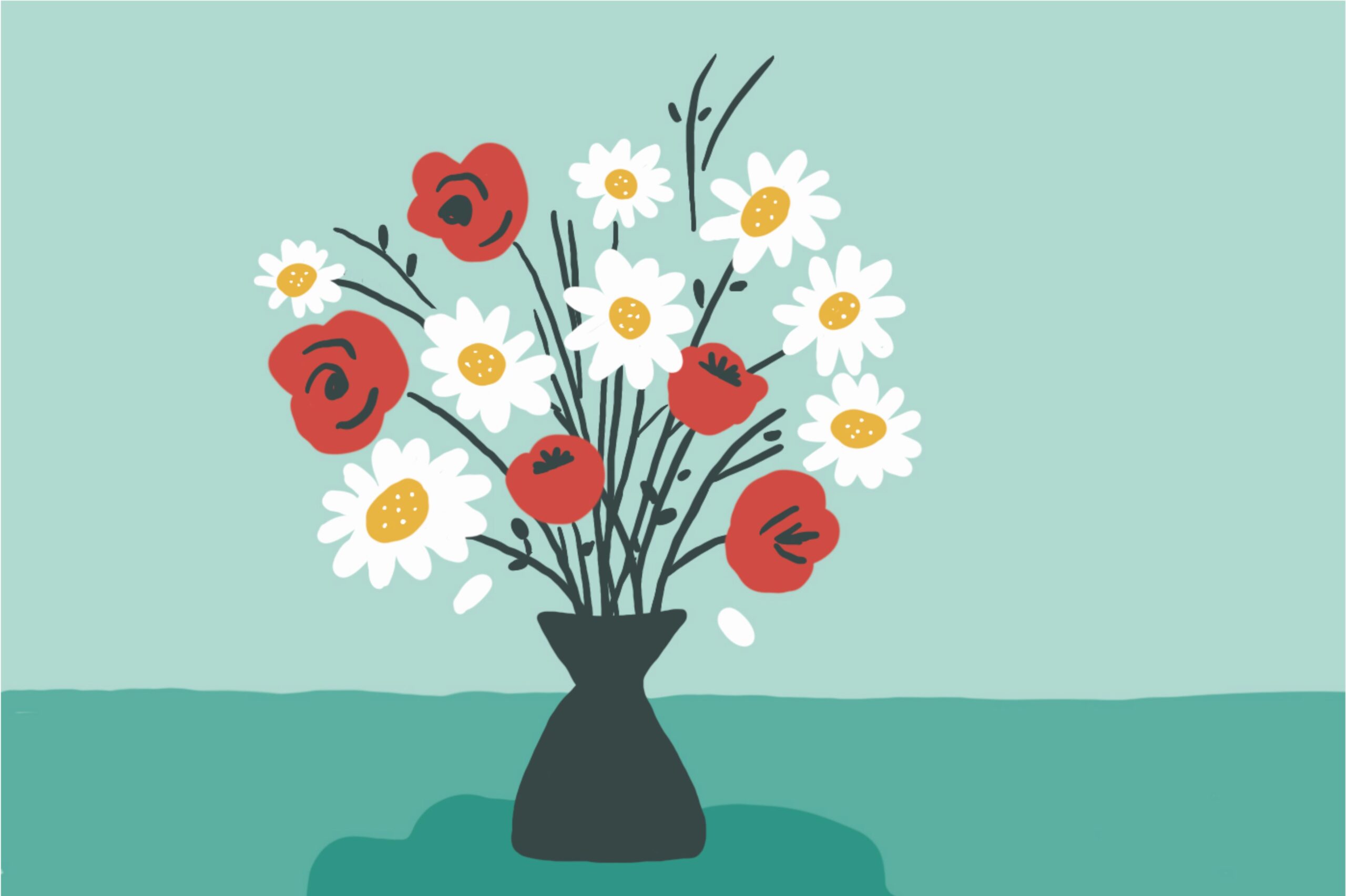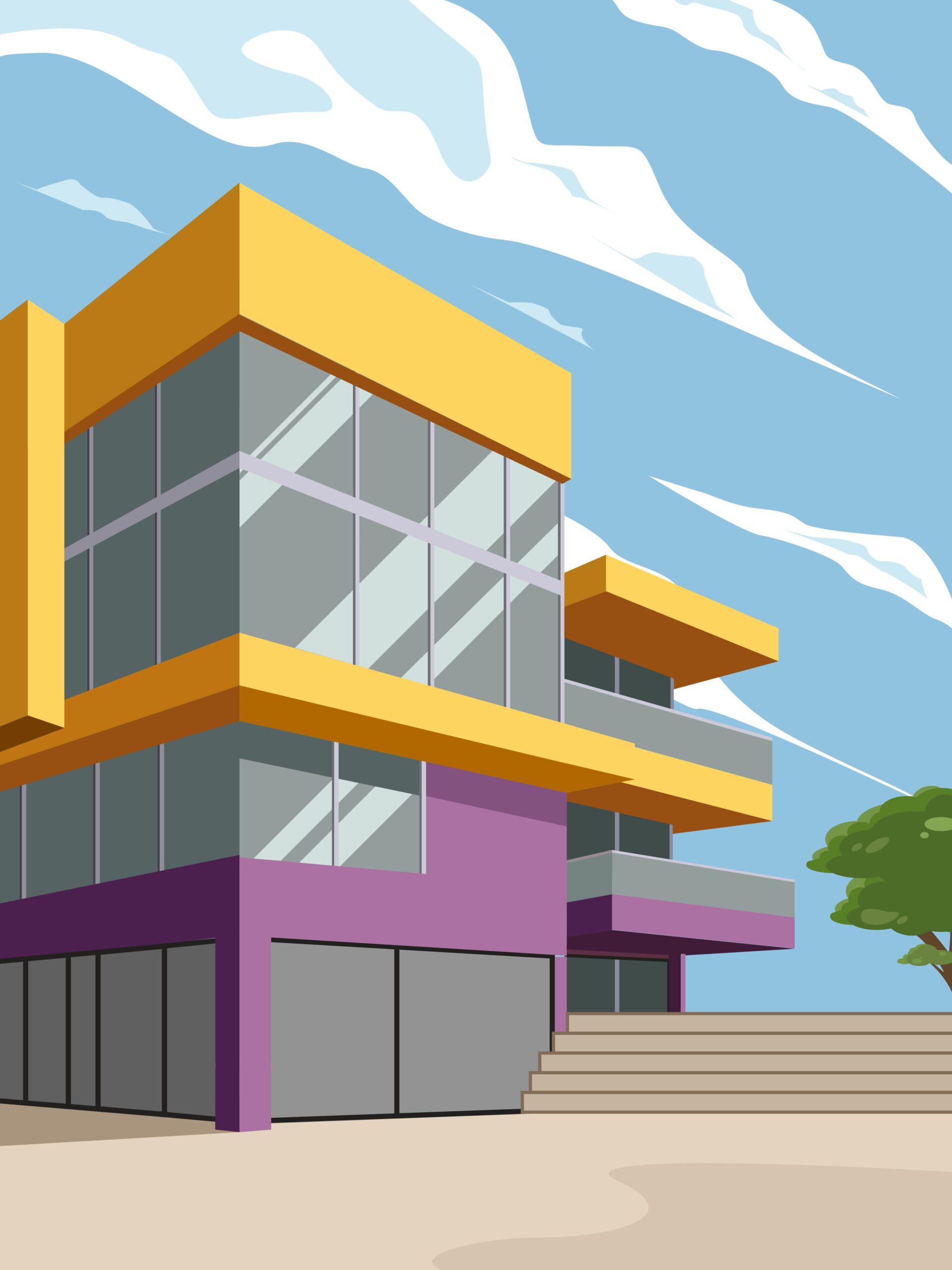There was a time when blog monetization relied heavily on ad revenue, especially from platforms like Google AdSense. However, with the rise of AI, the traditional pageview-driven advertising model is reaching its limits. Here’s why:
The Decline of Traditional Blog Advertising
Content Commoditization
AI tools now generate vast amounts of automated content, making it increasingly difficult for human-written articles to stand out. SEO-focused posts, even when optimized for large language models (LLMs), are easily buried under a flood of similar AI-generated articles.
Falling Ad Rates
Advertisers have become more rigorous about measuring ROI, causing cost-per-click (CPC) rates to decline year after year. To earn significant revenue, bloggers now need massive pageviews—something out of reach for most small-scale creators.
Ad Fatigue and User Resistance
Widespread use of ad blockers and growing user frustration with excessive ads have dulled the effectiveness of online advertising. As a result, monetization efficiency continues to drop.
The Limits of LLM-Optimized Content
Lack of Originality
While AI-generated content can be produced at scale, it often lacks originality. Google’s guidelines now emphasize E-E-A-T (Experience, Expertise, Authoritativeness, Trustworthiness), making it harder for generic AI content to rank highly.
Quality Control Costs
AI-generated drafts still require human editing and fact-checking. The time spent reviewing and revising often outweighs the convenience, leading some to conclude it’s faster to write original content from scratch.
Poor Differentiation
With so many people mass-producing similar AI-generated posts, it’s difficult to stand out. This lack of differentiation leads to fierce competition and declining traffic for individual blogs.
The Power of Unique Personal Experience
To monetize a blog in the AI era, the best strategy is to focus on content only you can create—your unique experiences and expertise. Here’s why:
(more…)








